In an effort to promote liquidity and boost the economy, the Federal Reserve yesterday announced plans to grow the money supply by another 50 percent to 60 percent. This ignores the profound observation of Gen. George Patton, "You can't push a string."
When the Fed expands the money supply, it doesn't pass out $100 bills on Broadway. It gives lines of credit to banks and other financial intermediaries to generate some money and also buys up Treasury bills in circulation to pump out more cash.

But the money supply has already expanded by 271 percent in the past five months. Why does the Fed expect what hasn't worked to suddenly start working?
Right now, there is about $800 billion-plus currency in circulation sitting in wallets, purses and cash registers around the country. Another $800 billion is sitting in a vault at the Federal Reserve Board, for a total monetary supply of about $1.6 trillion.
In a vault? Yes. When Congress voted the TARP program to bail out banks, the banks actually took only a small part of the money. The rest they used to offset losses on their balance sheets while letting the Fed hold onto the money.
Why didn't the banks want the money? Because they're not about to make loans in this economy. They're more than happy to let the cash sit at the Fed earning them interest. (The Fed decided to start paying interest last November).
So now the Fed will, in essence, be creating another trillion of money supply to sit in the vault alongside the $800 billion already there. The new money will remain idle for the same reason the old money has because banks won't make loans in this environment.
Recommended
And what of the money that is going out the door to buy Treasury bills? Those selling Treasuries won't run out and spend the money on flat-screen TVs. With higher taxes coming up next year and the economy in the tank, they won't spend it or lend it, they'll probably just turn around and buy more T-bills.
Think of a parking garage filled with cars. The cars' owners leave them in the garage because it's a bad day, with rain and snow and conditions that aren't suitable for driving. Similarly, banks and consumers leave their money in the vault at the Fed or in their bank accounts or under the mattress.
When conditions improve, though, all those metaphorical cars will suddenly be taken out for a drive. All at once. And a traffic jam of monumental proportion will ensue.
When everybody starts spending the money they're now leaving in vaults and mattresses, way too much money will be chasing way too few goods and services. Double-digit inflation will return to America.
Yesterday's Fed action won't help, but it will put more money out there that the Fed will have to mop up once the economy, on its own, revives.

















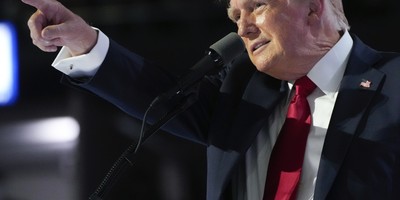

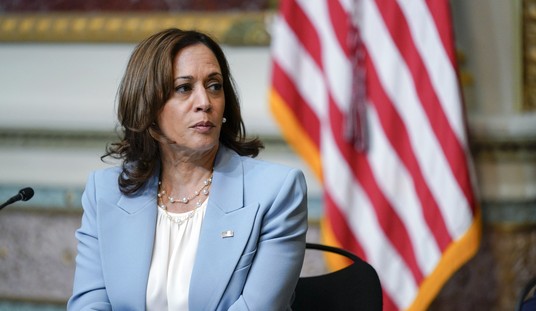
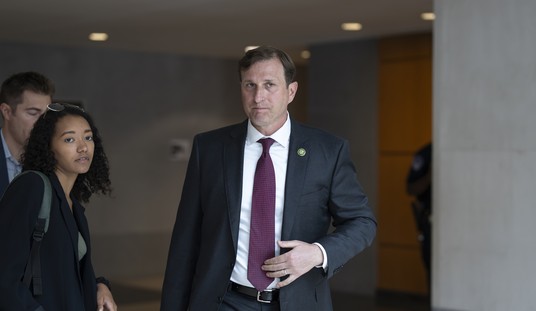

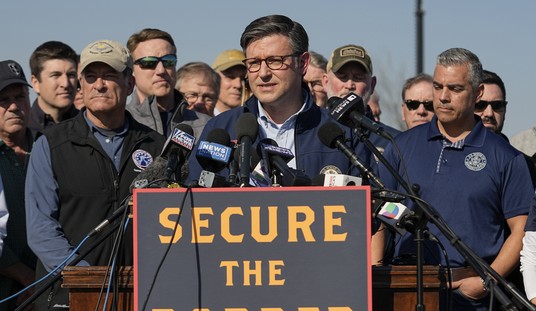
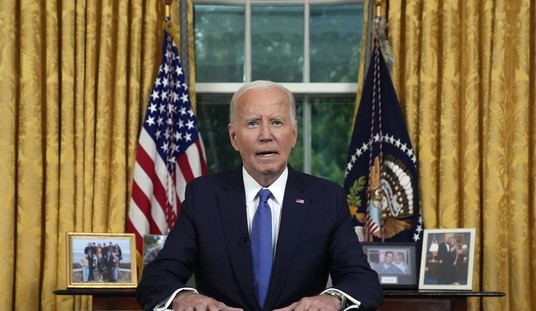

Join the conversation as a VIP Member